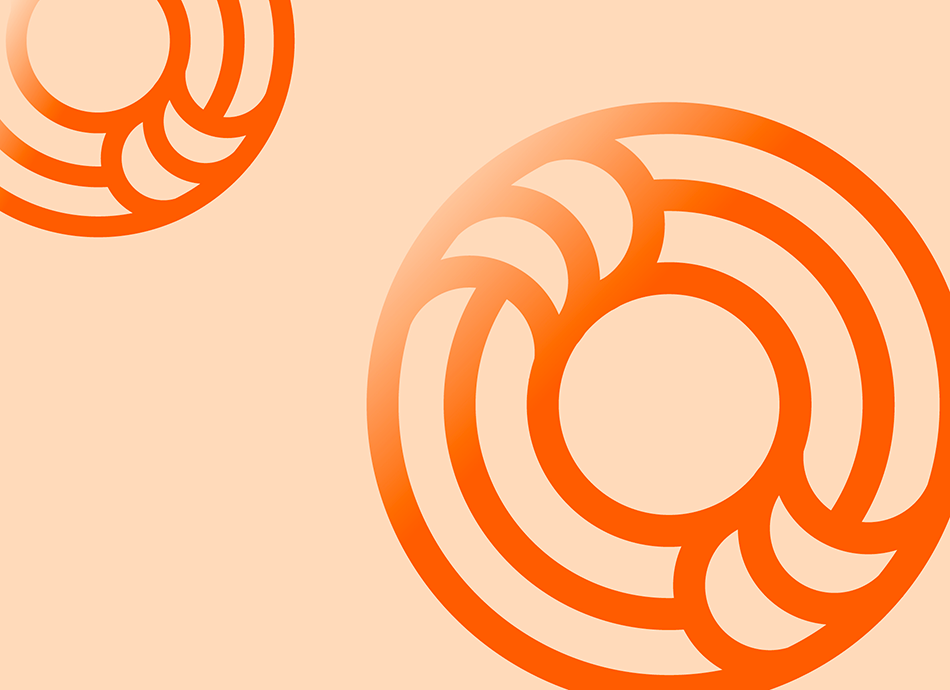Using technology with clients
Using technology with clients
- This page introduces just some of the areas where technology is enabling or supporting individuals and their whanau/families to learn more, understand, monitor and proactively manage their health
- While technology is not for everyone, many patients will appreciate knowing about recommended health apps and self-help programmes that assist them to manage their health more effectively at home.
- Likewise, patient portals(external link) and Open Notes(external link) are key enablers for effective self-management, allowing patients to have more visibility of their medical record and improving access to timely advice and support.

With the advent of minicomputers in our pockets (aka mobile phones), the possibilities for health apps to support patient education, symptom tracking, telemonitoring and treatment adherence has exploded. These can help people with a wide range of conditions ranging from promoting healthy lifestyles to managing gout, asthma, take medications and stop smoking.
For a range of useful apps and independent reviews, visit the Health App Library(external link).
BetaMe
BetaMe is a mobile and web wellness platform that helps people with prediabetes better understand and manage their health.
The programme combines peer support, health coaching, tracking and behaviour change tools to build daily habits that result in positive health outcomes. Read more about this BetaMe Case Study here(external link).
To find out more about health apps go to our Health App Library(external link).
There are a range of devices that can assist people with managing their health more effectively. Examples include:
- aids for people with sensory disabilities (hearing aids, screen readers)
- home-based blood pressure cuffs
- smart inhalers
- pedometers
- fitness watches
- online programmes e.g. BetaMe (see more detail below)
- computer-based assistants and robots.
Telehealth refers to the use of technologies to connect the health care providers and the patients when they are not in the same physical location. An example would be a secure video conference where illnesses can be diagnosed and treatment provided.
A systematic review of the evaluations of technology-enabled self-management (TES) for diabetics concluded that TES solutions improve HbA1c (Greenwood et al., 2017(external link)). Key components of effective TES interventions include a feedback loop that connects patients and their healthcare team, analyses the information from the patients and gives individualised feedback. Using these technologies can improve the reach and access to diabetes self-management education and ongoing support.
Patient portals have not only enabled people to access summary information such as lab results or the ability the make appointments online, they have also enabled people to have access to their primary health record. Read more about Open Notes.
Resources have been provided for patients on how to use Open Notes(external link), by the OpenNotes organisation. Note that as they are based in the US, some of the information provided may not apply to Aotearoa New Zealand.
A Systematic Review of Reviews Evaluating Technology-Enabled Diabetes Self-Management Education and Support(external link). Greenwood, DA. Gee, P,M. Fatkin, KJ. et al. Jnl Diabetes Science and Technology. Vol: 11 issue: 5, page(s): 1015-1027.
Reviewed by: Healthify editorial team. Healthify is brought to you by Health Navigator Charitable Trust.


